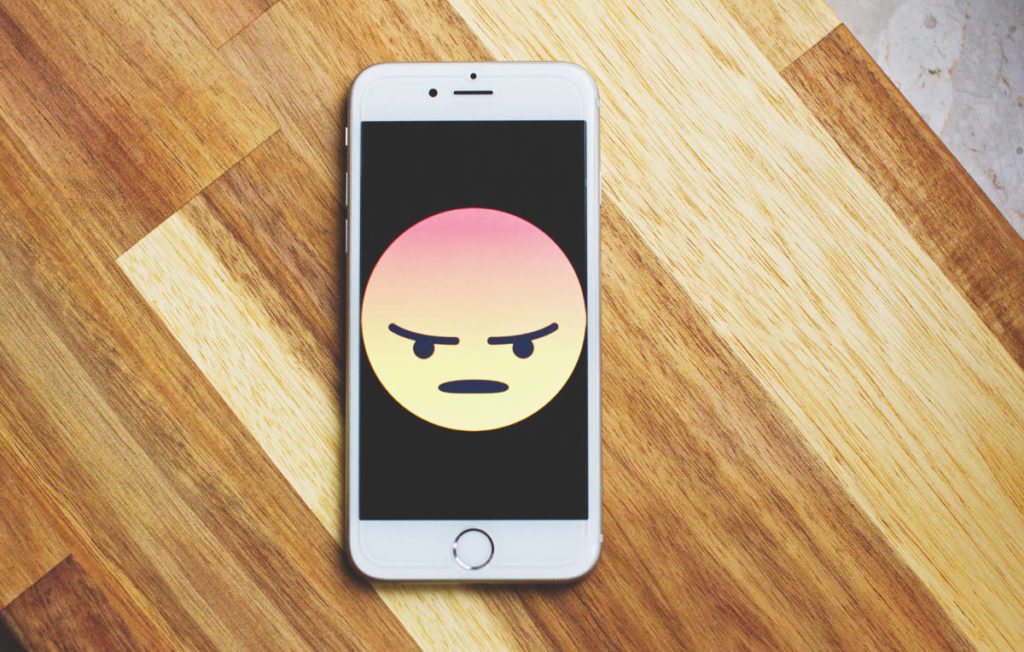A while back, trainer Lisa Rike gave some great information about how to deal with difficult customers in our Free LIVE! Webinar called Handling Difficult Callers.
Recently, our customer Heather Bond emailed us a question about profanity and we want to share our answer.
“I enjoyed your webinar about how we can change the way a difficult call can be handled. At the very end a gentleman asked about how to deal with customers using profanity, being abusive, etc., and you said that it might have to end in disconnection and that we should have a procedure in place for this type of situation.
Can you recommend a procedure for this? I work in a home owners association, and have had people use profanity, call me a liar, and hang up on me because I do not do exactly what they wanted. I am alone in the office for most of the day, so I cannot ask them to talk to my supervisor. Do you have recommendations?”
To that we say thanks, Heather. That is a great question.
The 5-step process mentioned in the webinar can be used when a caller is launching a personal attack on a representative. This attack may or may not include profanity. A personal attack occurs when the caller is threatening to the representative. As we know, there are some callers who use profanity in a way that isn’t necessarily a personal attack , it’s just the way the caller talks.
- When a caller is aggressive on the phone, the first thing to do is to use an empathetic, concerned, and firm voice tone and say something that has the potential to start deflating the caller’s emotions. You could say something like, “Oh, this sounds like a frustrating situation”, or “I’m glad you called us about this”, or “I am so sorry that XYZ happened. Let’s take a look at this”.
- Then, ask questions and talk about the situation. Stay away from addressing the personal attack.
- If the caller refuses to have a cooperative conversation, warn the caller that you will disconnect the call.
- If the caller continues the personal attack, simply say that you will disconnect the call.
- Once the call is disconnected, there are three important things to do:
- Document the conversation.
- Let a supervisor know of the situation if applicable.
- Let it go.
Use the 54 Second Breath technique or some of the other techniques that we discuss in the Free LIVE! Webinar called Emotional Rebound. You’ll be glad you did!
Learn more about our free live webinars!
Additional Resources:
- Attend our free live webinars to learn about the courses we offer led by our experts!
- Increase the confidence of your team members so they can consistently deliver exceptional customer service.
- Develop employee engagement, emerging leaders, and improved customer experience. Contact us today!

